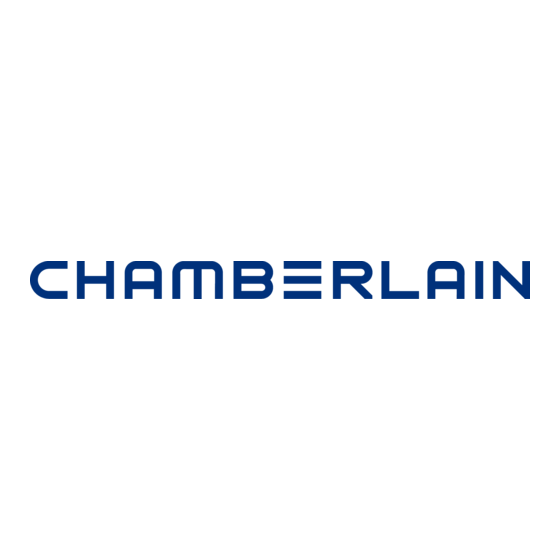
Advertisement
Quick Links
1 - GENERAL REGULATIONS
Read carefully the instructions in this manual, before using the headlight beam tester. Do not allow unqualified
persons to use this device, this to prevent damage to the device. The work place should be dry, lighted and
ventilated. Working areas should be equipped with an exhausts gas aspirator, since the headlights test must be
effected with the engine on. Breathing carbon monoxide can seriously damage the human organism, sometimes
with lethal results. Put the handbrake on. Do not use the device to direct sunlight, avoid sudden changes of
temperature and vibrations, to avoid mistakes.
2 - DESCRIPTION OF THE DEVICE
Headlight beam tester (HBT): equipment for the control of car, motorcycle and heavy goods vehicle headlights.
Supplied with:
Turning column
Mirror-visor
Luxmeter
Also available in the various versions.
Technical characteristics:
height: 177 cm.
width: 61 cm.
length: 61 cm.
maximum measurement height: 141 cm.
minimum measurement height: 24 cm.
focal length: 350mm – 500mm.
3 - PACKINGtHE
The HBT is delivered in a recycled carton box.
4 - HEADLIGHT BEAM TESTER ASSEMBLYE
A- Base 560x350mm
B- Column 1670mm
C- Vertical sliding system (VSS)
D- Mirror-visor 400x90mm
E- Optical system
F- Spring protection
H- Wheels
N- Brake
O- Dimension of lens cabinet 590x250x250mm
LMHBA Headlight Beam Tester
Instruction Manual
Pag. 1 / 6
Advertisement

Subscribe to Our Youtube Channel
Summary of Contents for Chamberlain LMHBA
- Page 1 LMHBA Headlight Beam Tester Instruction Manual 1 - GENERAL REGULATIONS Read carefully the instructions in this manual, before using the headlight beam tester. Do not allow unqualified persons to use this device, this to prevent damage to the device. The work place should be dry, lighted and ventilated.
-
Page 2: Installing Rails
Fix the mirror-visor D with two screws. The stand is calibrated and locked in the correct Position at the moment of the test of the device. INSTALLING RAILS Two sets of rails, each secured to the floor by screws and plastic raw plugs. The rails are positioned at right angles to the test vehicle’s line of travel. - Page 3 8 – EUROPEAN TYPE HEADLAMP CHARACTERISTICS (NOTE:1) An asymmetric dipped beam, pattern with a distinctive horizontal cut-off on the right, and a 15° wedge of light above the horizontal (the “Kick up”) towards the left. A lens with one or more asymmetric stepped patterns molded in the glass. A lens may carry: European approval mark –...
- Page 4 9 – BRITISH AMERICAN TYPE, (CHECKED ON MAIN BEAM)- CHARACTERISTICS: (NOTE:1) Headlamps tested on main beam have a symmetrical main beam pattern with a central area of maximum intensity (hot spot). This type of lamp generally has a circular lens Reason for rejection The “hot spot”...
- Page 5 12 – CALIBRATION S See page 6 We suggest the unit is periodically checked for calibration in situ. If the unit is covered by a service agreement with the MOT package installer, they will carry this out on your behalf. Should you wish to regularly check the calibration yourself, we recommend you purchase an Alignment Device from your local dealer.
- Page 6 Steel (structure and mechanics) up to 80% Paper and cardboard (instruction manual, packaging) The machine is constructed principally of steel. For disposal of this material, local authority regulations must be observed. Calibration is carried by a Laser 1. Position the laser level 600 – 800mm from the aligner, centralize and align the tester on the beam. 2.
Need help?
Do you have a question about the LMHBA and is the answer not in the manual?
Questions and answers